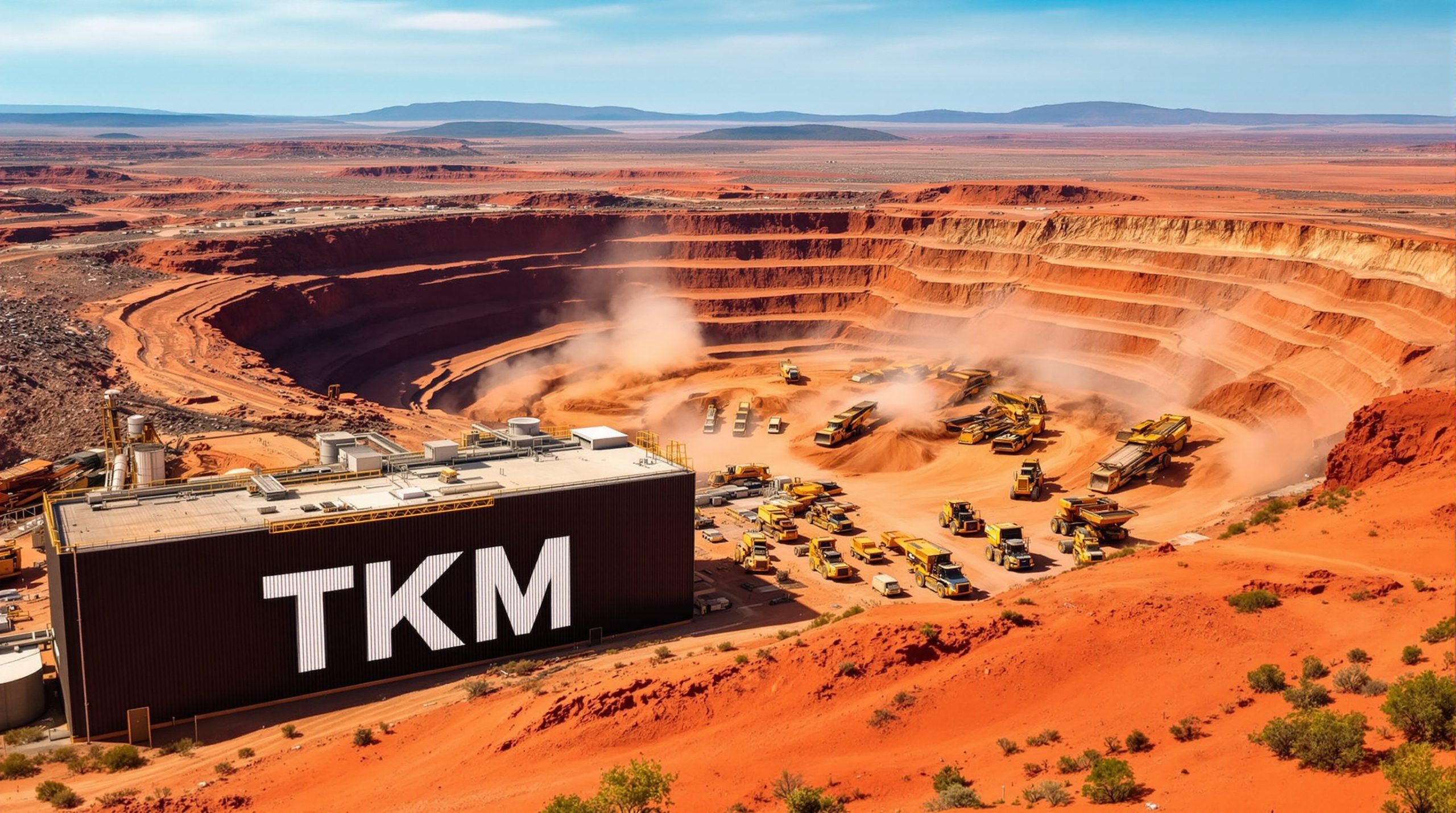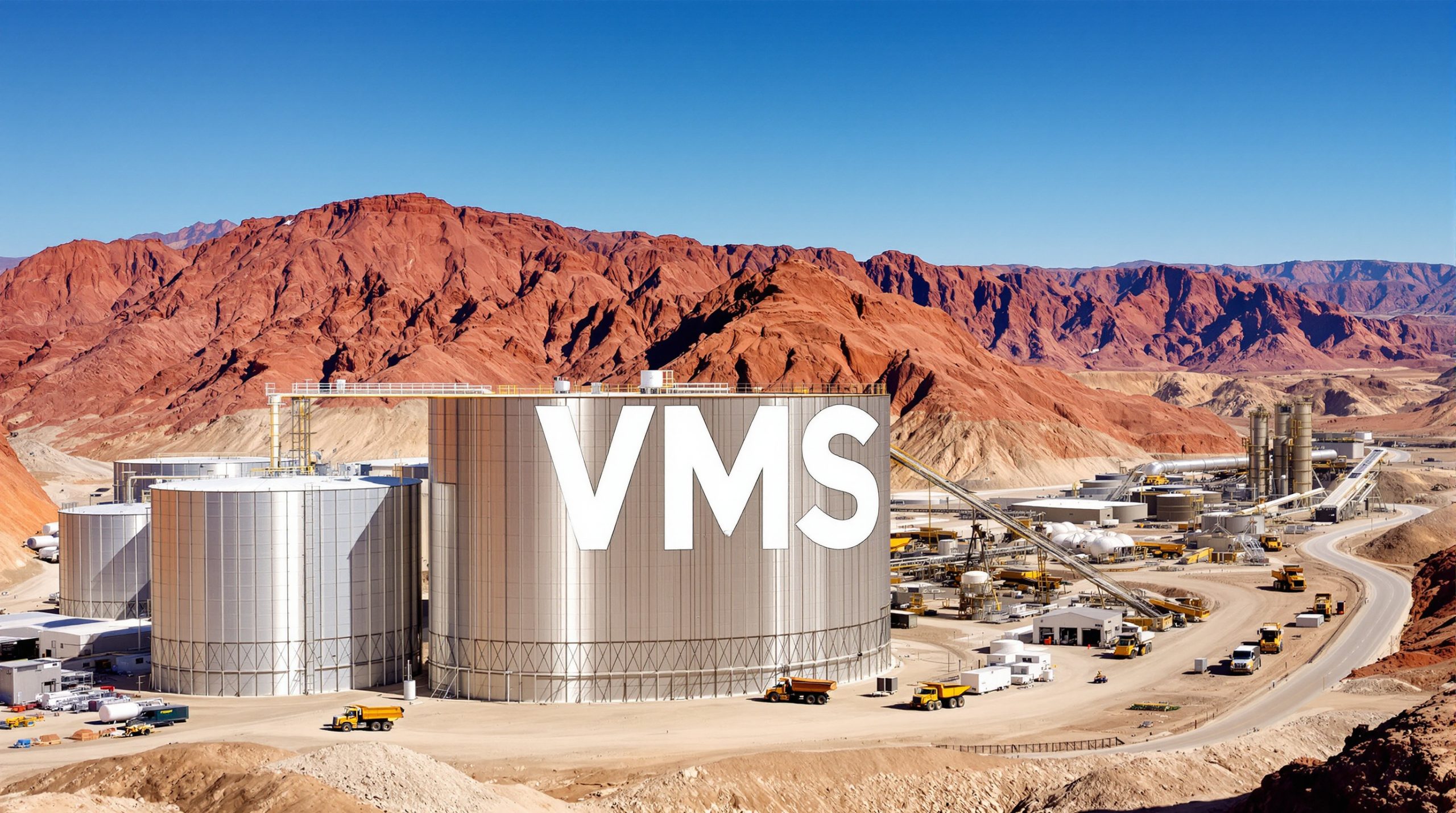Remarkable New Discovery Targets Confirm Major Rare Earth Corridor
Recent exploration at the Harts Range rare earth discovery by New Frontier Minerals Ltd has yielded outstanding results from two newly identified prospects, 'Paddington' and 'Westminster,' located approximately 200m and 450m west of the previously discovered Bobs Prospect.
The standout assays from these new prospects include:
- 10.61% TREO (Total Rare Earth Oxides) with 23.56% Nb2O5 and 15.67% Ta2O5 at Paddington
- 7.46% TREO with exceptional 96.69% HREO/TREO ratio at Westminster
- High concentrations of critical magnet rare earths including Dysprosium (up to 1.28%) and Terbium (up to 0.22%)
These discoveries, together with the previously identified Bobs and Cusp prospects, now form part of an east-west trending structural corridor extending over 2 kilometres, significantly expanding the project's resource potential.
"We are extremely pleased with the results of the geophysical targeting and the systematic exploration efforts by the NFM geology team, which have led to the discovery of two new heavy rare earth targets at the Harts Range Project. The team will continue to actively validate and review all identified targets, and we look forward to drill testing high-priority prospects as soon as possible," commented NFM Chairman Ged Hall.
The Strategic Significance of Samarskite Mineralisation
The exploration program has identified high-grade multi-commodity Samarskite mineralisation at the new prospects, revealing exceptional heavy rare earth element enrichment alongside significant Niobium and Tantalum values.
| Prospect | Best TREO (%) | Max HREO/TREO (%) | Max Dy2O3 (%) | Max Tb4O7 (%) | Max Nb2O5 (%) | Max Ta2O5 (%) |
|---|---|---|---|---|---|---|
| CUSP | 17.8% | 89.6% | 2.2% | 0.2% | 33.2% | 13.4% |
| BOBS | 20.1% | 94.5% | 1.7% | 0.2% | 10.1% | 23% |
| PADDINGTON | 10.6% | 84.68% | 1.3% | 0.2% | 23.6% | 15.7% |
| WESTMINSTER | 7.5% | 96.69% | 0.5% | 0.06% | 0.01% | 0.03% |
What makes these results particularly significant is the remarkably high HREO/TREO ratios (up to 96.69%), highlighting the dominance of Dysprosium and Terbium—two of the most valuable and critical magnet rare earth elements essential for clean energy technologies.
Understanding Samarskite: A Rare Multi-Element Mineral
Samarskite is a complex oxide mineral containing niobium, tantalum, uranium, and rare earth elements. Its significance lies in its unusually high concentrations of heavy rare earth elements (HREEs), which are considerably more valuable than light rare earths due to their scarcity and critical applications.
Heavy rare earths like Dysprosium and Terbium are essential components in permanent magnets used in electric vehicle motors, wind turbines, and defence applications. Their supply is currently dominated by China, making new rare earth discoveries outside this region strategically important for Western supply chains.
Unlike most rare earth deposits that contain predominantly light rare earths, the Harts Range rare earth discovery by New Frontier Minerals Ltd shows extraordinary HREO/TREO ratios above 80%, with Westminster reaching 96.69%—indicating an almost pure heavy rare earth profile that is exceptionally rare globally.
What Are Rare Earth Elements?
Rare earth elements (REEs) comprise a group of 17 chemically similar metallic elements, including the 15 lanthanides plus scandium and yttrium. Despite their name, most rare earth elements are relatively abundant in the Earth's crust, but they rarely occur in concentrated, economically viable deposits.
REEs are typically categorised into two groups:
-
Light Rare Earth Elements (LREEs): These include lanthanum, cerium, praseodymium, neodymium, promethium, and samarium. They are more abundant and generally less valuable than HREEs.
-
Heavy Rare Earth Elements (HREEs): These include europium, gadolinium, terbium, dysprosium, holmium, erbium, thulium, ytterbium, lutetium, and yttrium. HREEs are scarcer and typically command higher prices due to their critical applications and limited supply.
The strategic importance of rare earth elements has grown significantly in recent years due to their essential role in modern technologies, particularly in clean energy applications. Dysprosium and terbium, which are present in high concentrations at the Harts Range Project, are particularly critical as they provide temperature resistance to permanent magnets, enabling them to function in high-temperature environments like electric vehicle motors.
Exploration Strategy and Future Plans
New Frontier is executing a systematic exploration strategy at Harts Range, having completed the first four stages:
- Geophysical surveying and interpretation
- Target generation
- Field reconnaissance
- Verification of mineralisation
With 46 targets now identified across the project area, the company is preparing for the next critical phase: drill testing priority targets once suitable contractors have been appointed.
The strategic location of the Harts Range Project, just 140km northeast of Alice Springs, provides excellent access to infrastructure including roads, rail, and air transport—key advantages for future development.
Harts Range Project Location and Infrastructure
The Harts Range rare earth discovery by New Frontier Minerals Ltd is situated in the Northern Territory of Australia, approximately 140km northeast of Alice Springs. This location offers several logistical advantages:
-
Transportation: The project is accessible via the Plenty Highway, providing road access to Alice Springs, which features rail connections via The Ghan railway and an airport with domestic and some international flights.
-
Regional Support: Alice Springs is a major regional centre offering educational facilities, healthcare services, retail options, and professional services that can support mining operations.
-
Communication: The area has good mobile phone and internet connectivity, facilitating effective site operations and management.
-
Services: Essential services such as police, emergency services, and mining industry support businesses are readily available in the region.
These infrastructure advantages could potentially reduce development costs and operational complexities compared to more remote mineral discoveries, similar to what has been seen in other carbonatite mineral projects globally.
Why Investors Should Follow New Frontier Minerals
New Frontier's Harts Range Project represents a compelling investment case for several key reasons:
-
Exceptional Grades and Quality: The rare earth grades (up to 20.1% TREO) and heavy rare earth ratios (up to 96.69%) at Harts Range rank among the highest reported globally for this type of deposit.
-
Strategic Mineral Portfolio: The project contains a trifecta of critical minerals—heavy rare earths, niobium, and tantalum—all designated as strategically important by Western governments.
-
Significant Exploration Upside: With a 2km mineralised corridor now identified and 46 targets to test, the project has substantial room for growth through the upcoming drilling program.
-
Geopolitical Significance: As Western nations seek to reduce dependence on China for critical minerals, Australian rare earth projects with heavy rare earth enrichment have strategic importance.
-
Expanding Structural Trend: The identification of an east-west structural corridor hosting all four prospects provides a clear geological framework for targeting additional mineralisation.
As global demand for rare earth elements continues to accelerate, driven by clean energy technologies and electrification, New Frontier Minerals is positioning itself to capitalise on this growing market with its high-grade, heavy rare earth-rich Harts Range Project. Furthermore, investors interested in mining exploration might also consider other promising projects like copper discoveries in Western Australia or successful deep drilling programs that complement strategic gold mining projects in established mining jurisdictions.
Looking to Capture the Next Major Mineral Discovery?
Don't miss potential high-return opportunities like the Harts Range rare earth discovery—Discovery Alert's proprietary Discovery IQ model delivers real-time notifications on significant ASX mineral discoveries, transforming complex data into actionable investment insights. Explore how historic discoveries have generated substantial returns by visiting Discovery Alert's dedicated discoveries page.




